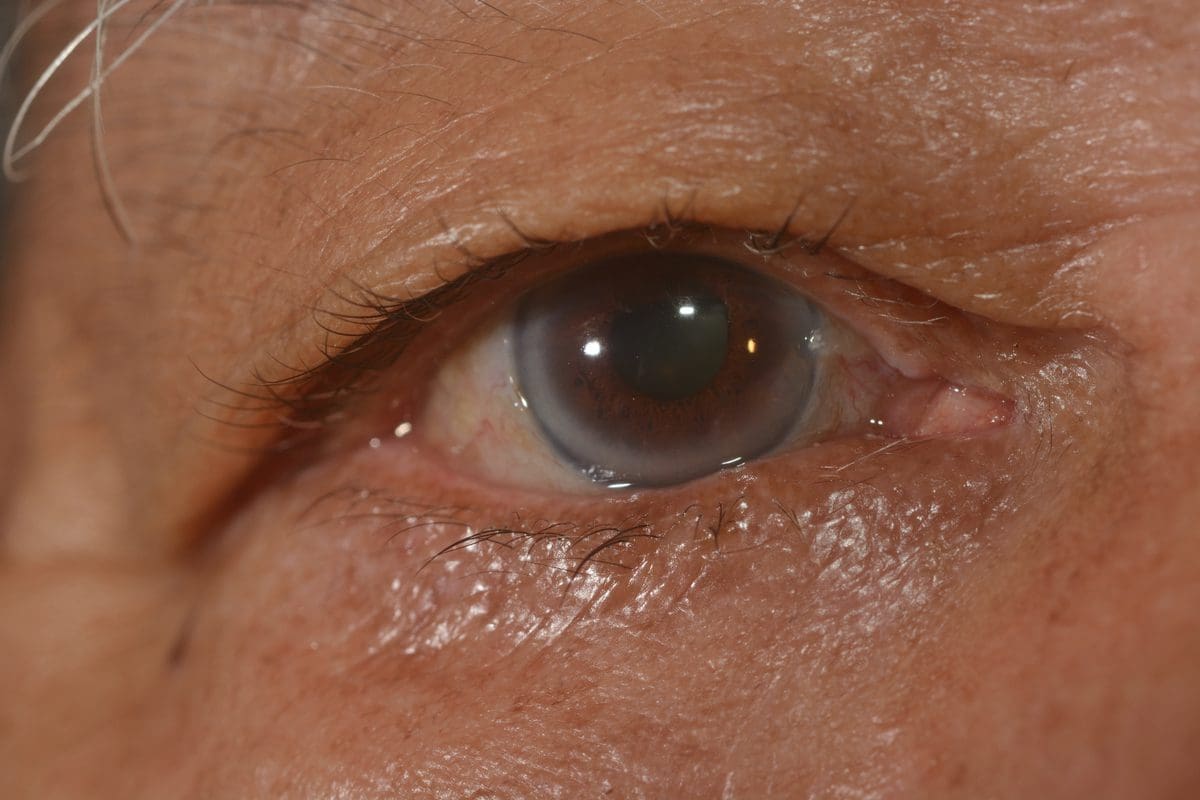Seeing the presence of a grey or white ring around the cornea might at first glance look alarming, but does not necessarily indicate that something is amiss. Arcus senilis or arcus juvenilis might look differently depending on the age. While arcus senilis in older persons appears as a natural result of ageing, arcus juvenilis in young persons might mean that something is amiss that needs to be taken care of.
What Causes Arcus Senilis?
Arcus senilis causes are most commonly linked to ageing and the deposition of lipid (fat) in the cornea. It typically occurs after the age of 50 and has the appearance of a grey or whitish arc, circle or ring on the cornea margin. It won’t interfere with your vision at all, yet it can suggest that you have high cholesterol levels that are linked to cardiovascular disease. So while it won’t damage your eyes, you should keep an eye on it—pun intended!
What About Arcus Juvenilis?
When the same ring appears in someone much younger, that’s arcus juvenilis. While the older version would likely point towards more benign conditions like metabolic disease or inherited conditions causing high cholesterol, arcus juvenilis causes usually point towards more serious issues like metabolic disease or inherited conditions causing high cholesterol. That’s even more concerning if it appears in children or teenagers. It’s not just about eyesight—possibly it’s the harbinger that something bigger is wrong.
How to Treat and Manage It?
Now let’s talk about arcus senilis treatment. The ring itself doesn’t vanish with medication, and it doesn’t need to. Managing cholesterol through a healthy diet, regular exercise, and, if needed, medications is the smart thing to do. In younger patients who have arcus juvenilis, treatment needs to focus on the underlying issue, like managing cholesterol or blood sugar.
Also Read: Revolutionizing Vision Care: Advanced Treatments for Spectacles Removal, Squint, Glaucoma, and More
When Should You Seek Medical Attention?
Even though these conditions don’t directly cause eyesight impairment, you should still see a doctor—especially an eye doctor and general doctor—if you or your child start showing the symptoms. They can have you or your child tested for high cholesterol and other health dangers.
Conclusion
Arcus senilis is generally simply a part of aging, but arcus juvenilis is not something to be dismissed. Keeping your cholesterol and overall health under control will enable you to manage these conditions better and keep your heart and eyes healthier down the road. Consulting the Best eye surgeon in Ghatkopar can help you get a thorough evaluation and appropriate guidance for maintaining optimal eye health.

